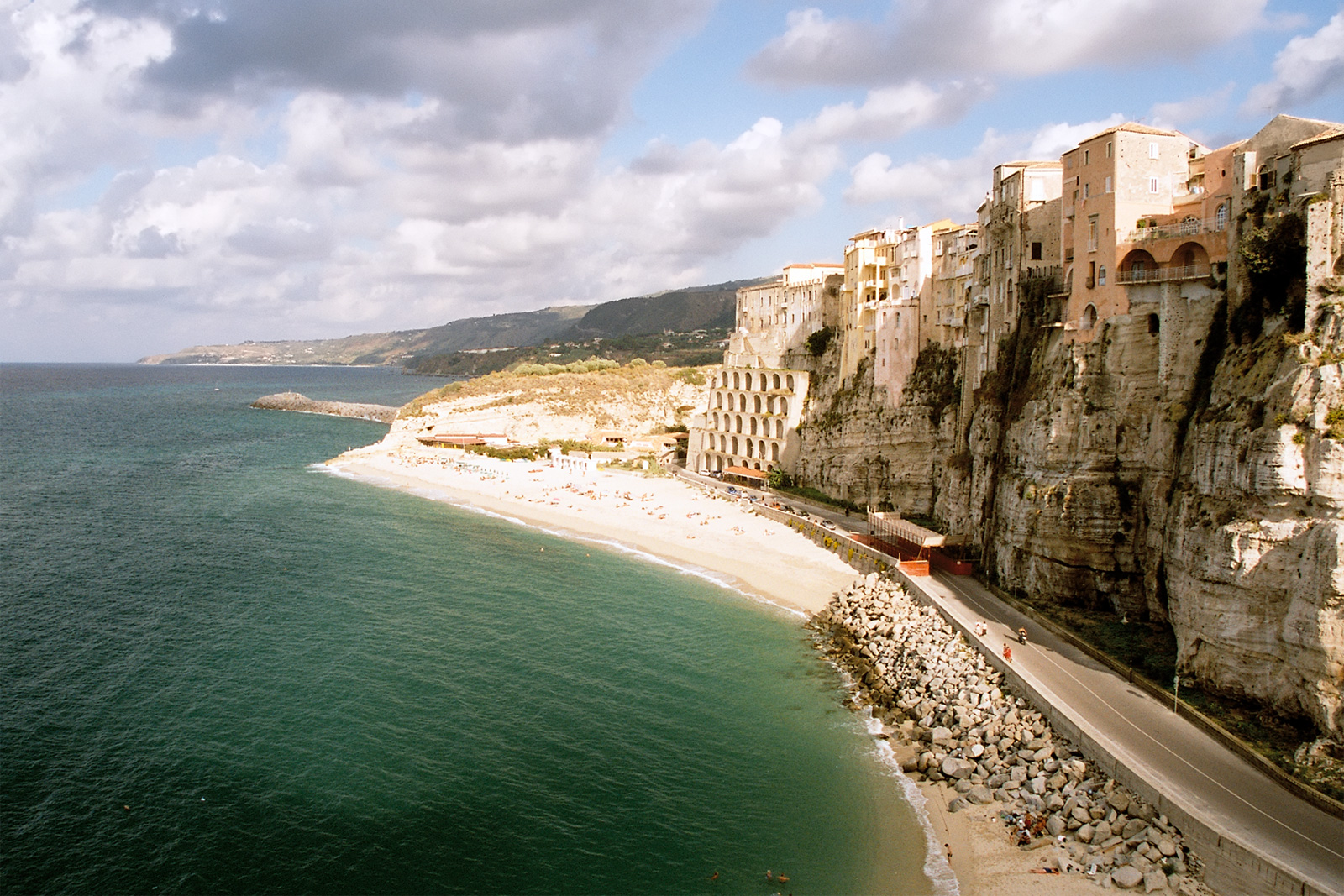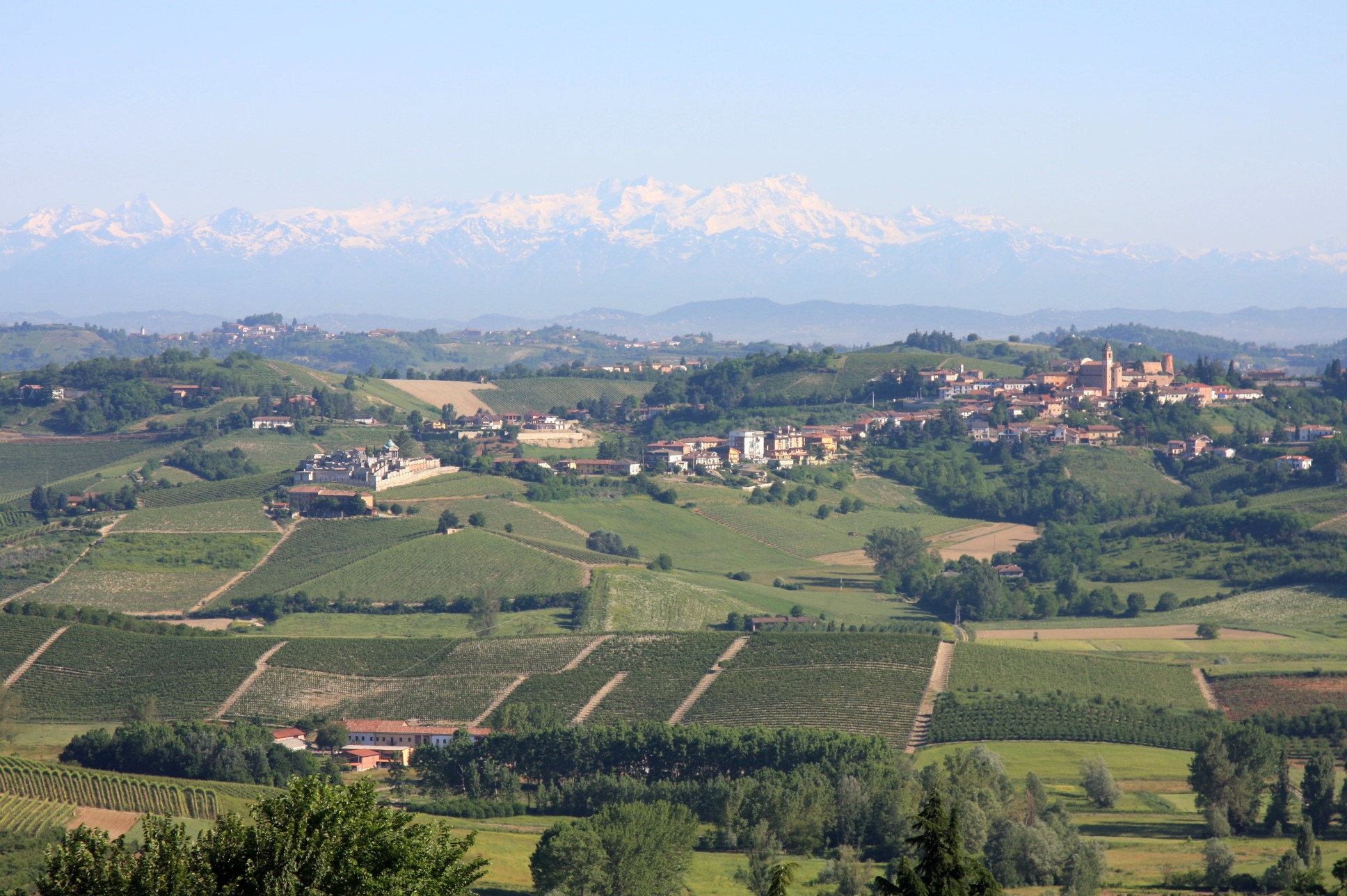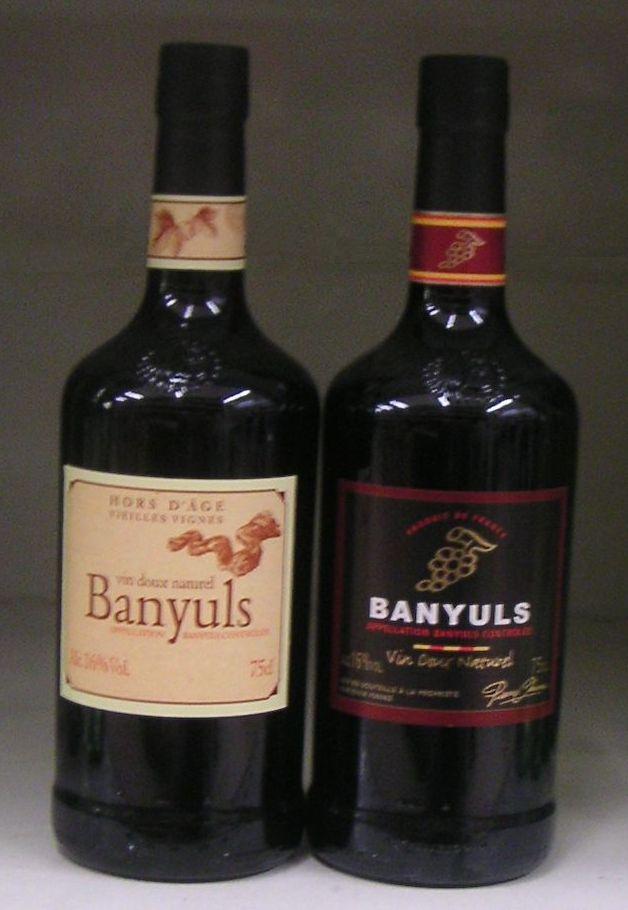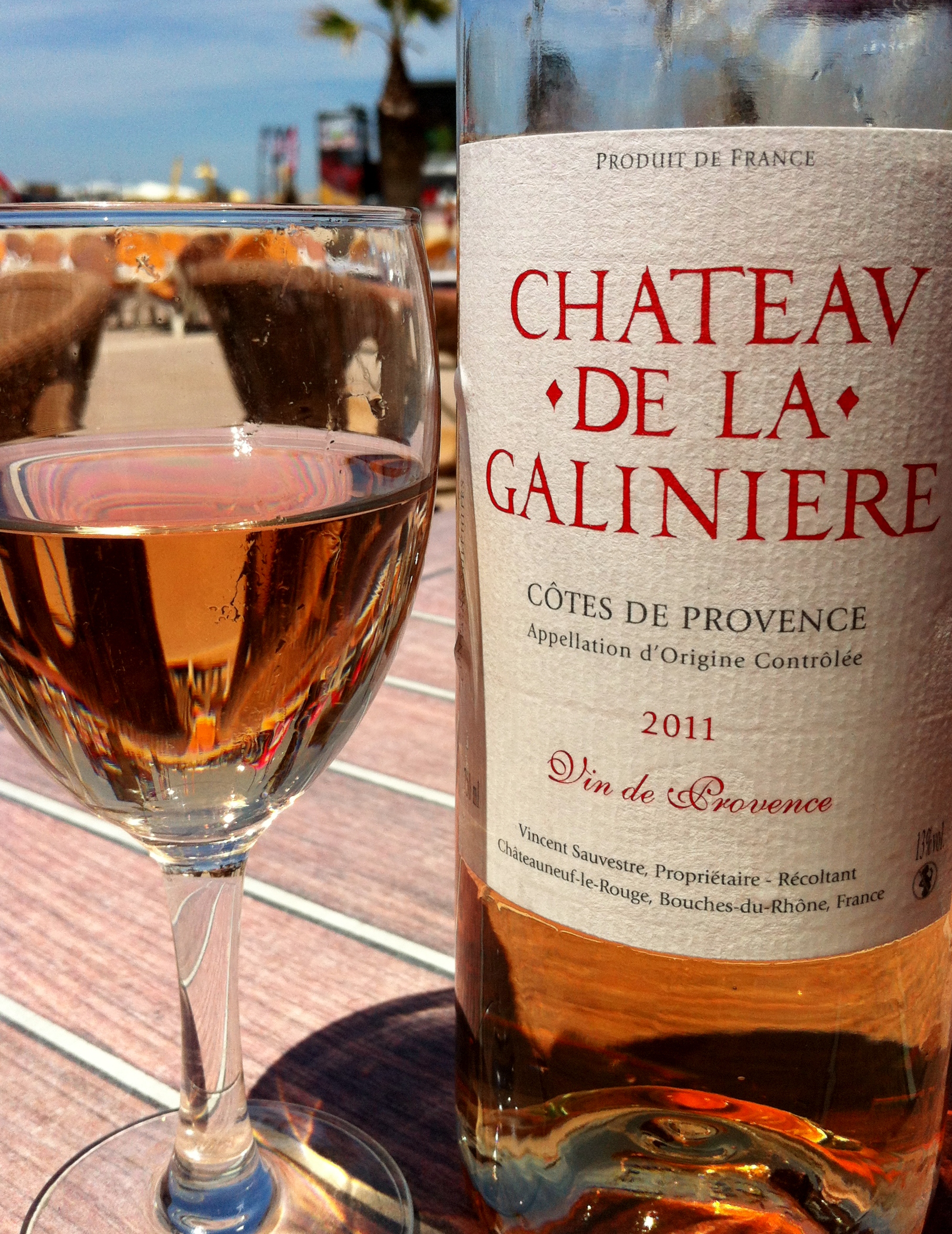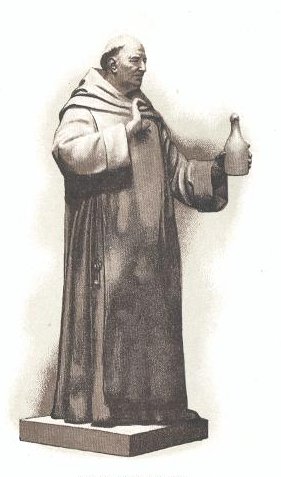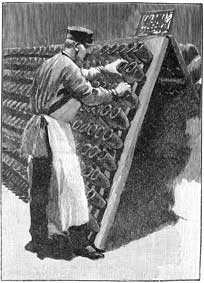Southern Italy
Well, any class that starts with the words, "What can I say about the wines of Southern Italy?" Pthhhh! With parsed lips and spit in a French accent... Did not think the class would be worthy of my time, but... I have had southern Italian wines that are enjoyable, and the value is certainly there. If I have learned anything about wine since starting these classes, it is sometimes you get surprised. Sometimes you anticipate liking something because of the label, where it is grown, the grape variety, or any host of other indicators including the price you paid for the bottle. Yep I said it, the price is a big indicator of quality bias, and we can't escape it. What you find in the bottle however is flat and uninteresting. The flip can be true too. You can anticipate a lackluster wine, and find that it is fantastic.
This has nothing at all to do with Italy, so bear with me. Last week I attended a Pinot Noir convention in Chicago called Pinot Days. I went because I don't always love Pinot Noir, and I wanted to find some that I liked that were not Burgundian in price (If you know what I mean). We tried wines from California, up and down the coast. We tried wines from Washington state and from Oregon. There was even a table with wines of New Zealand, any of which should by all accounts make some good Pinot. To my surprise, the wine of the day for me was from a well known wine producing area... Ontario Canada. The winery Vieni, (There is the Italian piece of this) makes many wines including two Pinots. the best of which was a Reserve wine that was Burgundy for a fraction of the price. And why not, it was a cold weather Pinot. Some years they ripen well, others not so much, but the wine maker and I talked about how 2011 was a bellwether year. SURPRISE!!!
To say all of southern Italy produces wines that are great would be a lie, and to say Pthhhh is equally a lie. Wine is wonderful because it is always surprising. There is always something to be learned, and there is always something, when you least expect it that is going to blow you away. For me, Vieni Pinot Noir was that wine. I will have a case please...
Back to Italy, The history of the south of Italy and wine goes back to ancient people, and wine has been made in Southern Italy. In fact the ancient Greeks used to call Italy's Heel the land of wine (Oenotria). So wine has been made here for centuries.
The southern part of Italy has 10 major wine regions. Starting with Umbria in the north and heading South to Abruzzi, Molise, Puglia (The heal of the boot), Basilicata (The arch), Calabria (The Toe), Sicily, Sardinia, Campania and finally Lazzio.
Umbria has 2 DOCGs both make red wines. Sangrantino di Montefalco and Torgiano Rosso Riserva. They also are famous for a white wine called Orvieto that can be served both dry and sweet.
Sagrantino di Montefalco DOCG, considered the best wine of Umbria, is made from a grape called Sagrantino and must contain 13% abv. Secco (DRY) with the Vigna indication must have 13.5% and Passito (Sweet) must have 18% and 80-180g/l sugar making this a whopping dessert wine. Secco and Passito must be aged a min of 30 months prior to release. This grape was almost extinct but is now grown in Tuscany, Sicily, California and Austrailia.
Torgiano Rosso Riserva DOCG is made from a minimum of 70% Sangiovese. It must have 12.5% abv min and must be aged a min of 3 years with at least 6 mo in a bottle. This is a relatively new DOCG and has only been established since 1990. While less prestigious, this wine is more popular than Sangrantino.
Perhaps the best know in the Umbria region is Orvieto a blended wine with Trebbiano and Verdello with 15-25% Grechetto. Recently more modern renditions may have Chardonnay, Savignon blanc and Pinot Gris or Pinot Blanco. This wine has a long history of praise by many including popes and royalty. Although Orvieto is a DOC and not DOCG, its popularity as a white wine from the region has continued to grow. It comes in a dry, Abboccato and Amabile version with the latter two being sweet and usually served as a dessert wine.
Abruzzo has only one DOCG but also has 4 DOCs worth noting. With the region being both hilly and mountainous, it is a great region for growing grapes. The two best of the region are Montepulciano and Trebbiano. The region also produces some high yield, low quality grapes for blending making it Italy's largest producer by volume. One thing of note, and this is one that trips me up ALL THE TIME, there is a town, Vino Nobile de Montepulciano, and in this case a grape called Montepulciano de Abruzzo. This one is the grape... CONFUSION!!!!!
The Montepulciano grape is named after the Tuscan region of Montepulciano in Sienna. However, the grape is probably more likely from Abruzzo. These are deeply colored wines with ripe and BIG tannins. The same grape is also used for Rosso Conero DOC in Marche, Rosso Piceno, and in Offida wines.Montepulciano d'Abruzzo uses the grape it is named for but may contain up to 15% Sangiovese. It is often described as rustic with pepper and spice abundant.
Cersuolo is a rose from Montepulciano d'Abruzzo. the word means cherry red, and it is a deep pink despite limited skin contact. Many find this wine interesting due to the flavors of orange peel, cinnamon, strawberries and dried cherries.
Molise has 4 DOCs Biferno, Molise, Pentro d'Isernia, and Tintilia del Molise (Red). This is an overlooked region, but new technology and a focus on wine production techniques could make this an up and coming region. Molise DOC. Molise produces many grape varieties including Aglianico, Cab Sauv, Chardonnay, Falanghina, Greco Bianco, Moscato, Pinot Bianco, and others. The geographical gifts that have been bestowed on the region should have it making exceptional wines, but until now, those gifts have not translated into most bottles from the region.
Aglianico, pictured at left, is a grape that was rumored to come from Greece, however more evidence points to its origins being in Italy. this is a grape that has grown in popularity due to its easy pairing with food and fantastic aging potential. This is due to its firm full tannin structure, and its high acidity. Despite the picture, this is a red grape that pairs well with meat.
Pentro d'Isernia is made in a red and pink variety. The grapes are Montepulciano and sangiovese with a max of 10% other.
Biferno can come in red, pink and white. Red and Rose are blends of Montepulciano (60-70%) with 15-20% trebbiano, anglianico and others. they must have 11.5 abv or higher. The whites are made mostly from Trebbiano, with Bombino Bianco and Malvasia Bianco. they must have a min of 10.5% abv.
Puglia has 4 DOCGs. They are Castel del Monte Bombino Nero Rosato, Castel del Monte nero di Troia Riserva, Castel del Monte Rosso Riserva and Primitivo di Manduria Dolce Naturale. This region makes the best Italian Rose wines in Castel del Monte. You will also see a shift to more warm weather grapes like Zinfandel (Primitivo). This is a region in transition. Traditionally they have made alcohol heavy wines with high production. They are currently re-tooling to focus on quality. Puglia has 25 DOC regions, but only 2% of the wine produced is DOC.Northern Puglia produces dry white wines that are medium bodied, fruity and have high acidity and a beautiful bouquet. Most of the whites come from Verdeca although others may be used as well. (Bianco d'Alessano, Malvasia, Trebbiano, and Bombino Bianco) Reds are made from local varieties like Uva di Troia, Bombino Nero, Montepulciano and Sangiovese. The only region with any international presence is Castel Del Monte in the North.
Castel del Monte Bombino Nero DOCG produces a rose from a min 90% Bombino Nero. It may also contain other grapes and must contain 12%abv. Castel del Monte Nero di Troia Riserva DOCG must have a min of 90% Nero di Troia and 10 percent max of other grapes. It must have alt least 13% abv, a max Risidual sugar content of 10g/l making it potentially off dry, and must spend 2 years aging with at least one year in wood. Castel del Monte Rosso Riserva is made from 65% min Nero di Troia grape. It must have at least 13%abv and must spend 2 years aging with 1 in wood. It also can have up to 10g/l sugar.
Primitivo di Manduria Dolce Naturale DOCG is a high alcohol (16% abv) wine with at least 50g/l sugar. This is a sweet wine made from Primitivo which is the same grape as Zins are mad from in California. Many times the grapes are dried to increase the sugar content.
The south of Puglia is the heel of the boot. It is a hot area with a cooling effect from the sea.The best grape in Puglia is Negroamaro (means dark and bitter) which may be related to Sangiovese. These wines are rustic with earthy bitterness. often these wines are blended with Malvasia Nera.
Basilicata is the arch of the boot and has 3 regions worthy of discussion. Aglianico del Vulture DOC, Aglianico del Bulture Superiore DOCG, and Grottino di Roccanova Doc. They also make sweet wines form Moscato and Malvasia.
Aglianico comes from the name Hellenico meaning from the Greeks, but the vine may actually be local as I mentioned above. Pronounced Ahl-yah-nee-koh, produces a robust red wine with deep color that is most certainly age worthy. Grown in volcanic soil, it is at its best. The Aglianico del vulture Superiore DOCG requires 100% Aglianico grapes, 13.5% abv, and superiore must be aged 12 months in wood and an additional 12 in bottles. Riserva wines require 2 years in wood and 2 in bottles. Additionally Malvasia and Moscato are made in the region to make sweet wine similar to VDN in France.
Calabria is the toe of the boot, and very popular right now for its chili peppers. One can't eat at a fine restaurant without something served with the sweet hot little red peppers. Unfortunately, the wine and the cuisine have not gelled. Calabria has 12 DOCs but not a single DOCG. The most popular is Ciro, which maeks white, red and pink wines. Ciro clasico risirva (Gaglioppo Grape) is a red that can age for over ten years. It has dusty tannins, and is often described smelling like roses. The rose is best drunk young, and the white, made from the Greco grape is fresh and pairs well with seafood. A sweet white is also made from the Bianco grape called Greco di Bianco.
Sicily has 1 DOCG and 23 DOCs. they are also known for Marsala wine which while in the US is largely known for cheap cooking wine, they can be fantastic after dinner drinks. Cerasuolo di Vittoria DOCG makes two reds, Cerasuolo di Vittoria and a classico version of the same. These wines are made from 50-70 percent Nero d' Avola grapes and rounded out with Frappato. they have a min of 13% abv, and the vittoria may not be sold until Jun1 after harvest, with the Riserva requiring a hold until march of the following year. This is another area that promises to produce FANTASTIC wines as there is a shift from quantity to quality. These are wines that are popping up on a lot of wine lists due to the value that they represent.
Marsala is also making a resurgence with people in the know favoring the Marsala Vergine, ad Superiore Riserva varieties.
Mero d'Avola is Sicily's most planted grape. It produces wines with plum and chocolate charachter with high tannin and a medium acidity.
Sardinia, the South's other island produces Vermentino di Gallura DOCG. The wine making history has been influenced by many a traveler with Spain taking the lead role. Moscato and Malvasia clones as well as many varieties only found in italy such as Giro, Cannonau, Nuragus, Monica, Semidano, Torbato and Vernaccia di Oristano.Vermintino dominates the whites produced most notably in Vermention di Gallura DOCG. The wines of this region must be 95% or more Vermentino. This wine is also grown in Tuscany and other parts of Italy as well. At its best, it is dry, medium body and fruity showing apple, stone fruit, herbs and rocky minerals.
Vernaccia di Oristano is another distinctive wine from the island. It is made in chestnut vats for 3 to four years with O2 hitting the wine. The vats are not topped off creating (a Flor) beneficial yeasts to develop. This creates a musty and nutty flavor and smell. This wine is not to dissimilar to Sherry.
Nuragus is the most popular white. It is one of the oldest varieties in the region. It makes dry crisp bright whites that should be enjoyed YOUNG.
Reds made on the island are Cannonau (Related to Grenache, and Carignano and Monica are also of Spanish origin. Cannonau can also be made into a fortified wine similar to Port.
Campania has 4 DOCGs. Aglianico del Taburno, Fiano di Avellino, Greco di Tufo, and Taurasi represent the best of the region. Falerno del Massico Bianco are made from an ancient vine called Greco, while the Roso is made from Aglianico and Piedirosso. Sometimes wine makers will add primitivo and Barbera.
Aglianico del Taburno must use a min of 85% Aglianico. there are Rosatos and reds with 12% abv required and a Riserva requiring 13%. Rosso must be aged 2 years, Riserva 3 years with at least 1 in oak, and 6 in the bottle.
Taurasi DOCG is also based on Aglianico. It must be aged 3 years with 1 being on wood. if labled Riserva it must be aged 4 years.
Greco di Tufo DOCG is made with at least 85% Greco (White). It is very zippy and fresh with a rocky mineral finish.
Fiano di Avellino DOCG is a rich, WAXY, strongly flavored white wine. There are sweet wines made in the region, but a dry version sells internationally. It features toasted Hazelnuts in its nose.
Lazio has 3 DOCGs Cannellino di Frascati, Cesanese del Piglio (Sometimes just Piglio) and Frascati Superiore.
Cannellino is made form 70% Malvasia Bianca di Candia and or Malvasia del Lazio and 30% others from the region. These wines must have 12.5% abv and a min RS of 35g/l (So they are mildly sweet).
Piglio mades a red from Cesanese di Affile and or Cesanese Comune. Min abv must be 12% in the standard, 13% in the superiore, and 14 percent in the riserva. Riserva is aged 20 months, Superiore cannot be sold for a year and the normal wine can be sold 5 months post harvest.
Frascati Superiore DOCG makes white wines form Malvasia with up to 30 percent coming from other local sources. Superiore must have 12% abv, and the Riserva must have 13. Riserva must be aged a year including at least 3 months in the bottle.
Next week we will talk about Spain, minus Sherry. Thanks.


